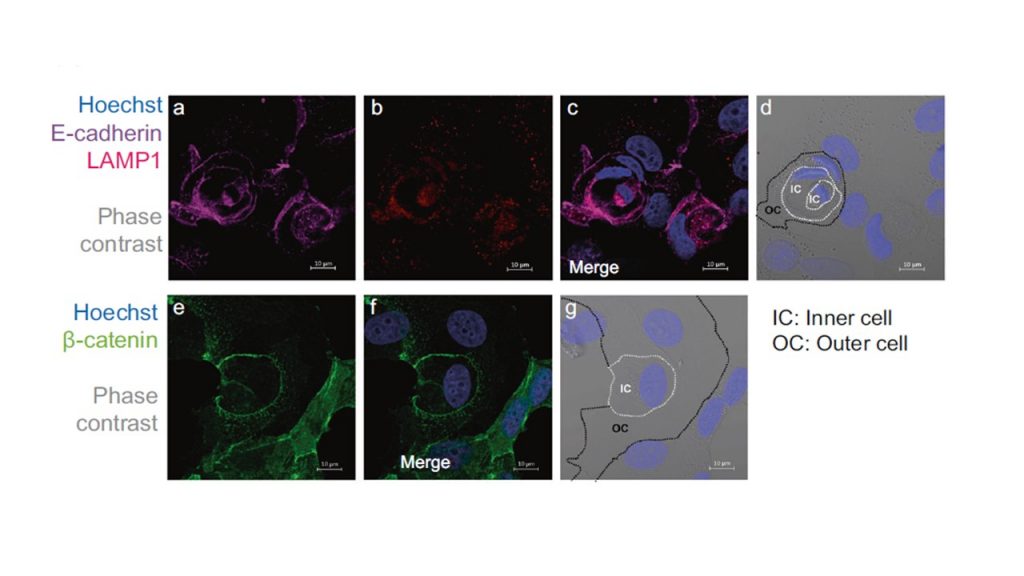Rodríguez-Arévalo, S.; Bagán, A.; Griñan-Ferré, C.; Vasilopoulou, F.; Pallàs, M.; Brocos-Mosquera, I.; Callado, L.F.; Loza, M.I.; Martínez, A.L.; Brea, J.; Pérez, B.; Molins, E.; de Jonghe, S.; Daelemans, D.; Radan, M.; Djikic, T.; Nikolic, K.; Hernández-Hernández, E.; García-Fuster, M.J.; García-Sevilla, J.A.; Escolano, C.
Eur. J. Med. Chem. 2021, 222, 113540. https://doi.org/10.1016/j.ejmech.2021.113540
Recent findings unveil the pharmacological modulation of imidazoline I2 receptors (I2-IR) as a novel strategy to face unmet medical neurodegenerative diseases. In this work, we report the chemical characterization, three-dimensional quantitative structure-activity relationship (3D-QSAR) and ADMET in silico of a family of benzofuranyl-2-imidazoles that exhibit affinity against human brain I2-IR and most of them have been predicted to be brain permeable. Acute treatment in mice with 2-(2-benzofuranyl)-2-imidazole, known as LSL60101 (garsevil), showed non-warning properties in the ADMET studies and an optimal pharmacokinetic profile. Moreover, LSL60101 induced hypothermia in mice while decreased pro-apoptotic FADD protein in the hippocampus. In vivo studies in the familial Alzheimer’s disease 5xFAD murine model with the representative compound, revealed significant decreases in the protein expression levels of antioxidant enzymes superoxide dismutase and glutathione peroxidase in hippocampus. Overall, LSL60101 plays a neuroprotective role by reducing apoptosis and modulating oxidative stress.




